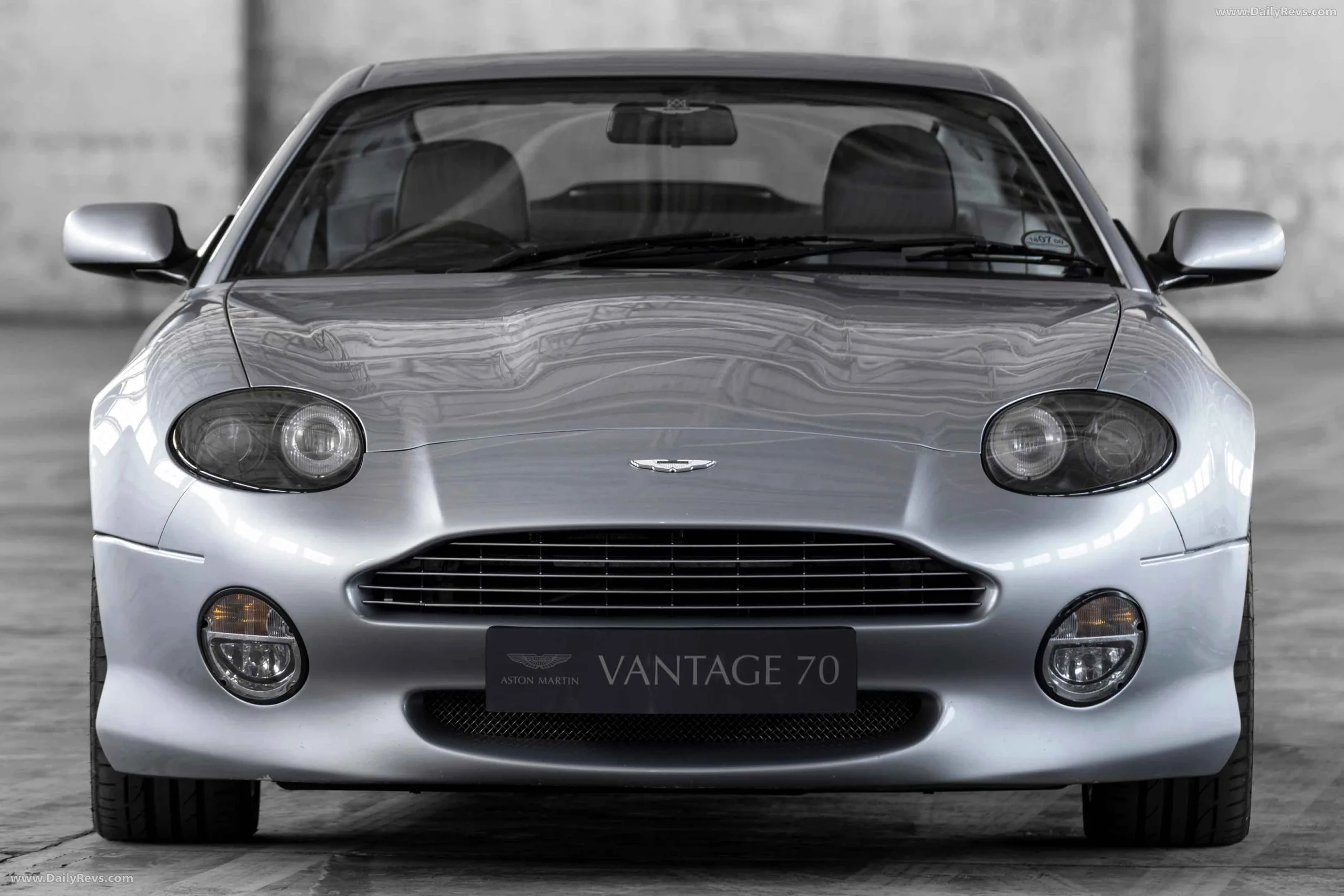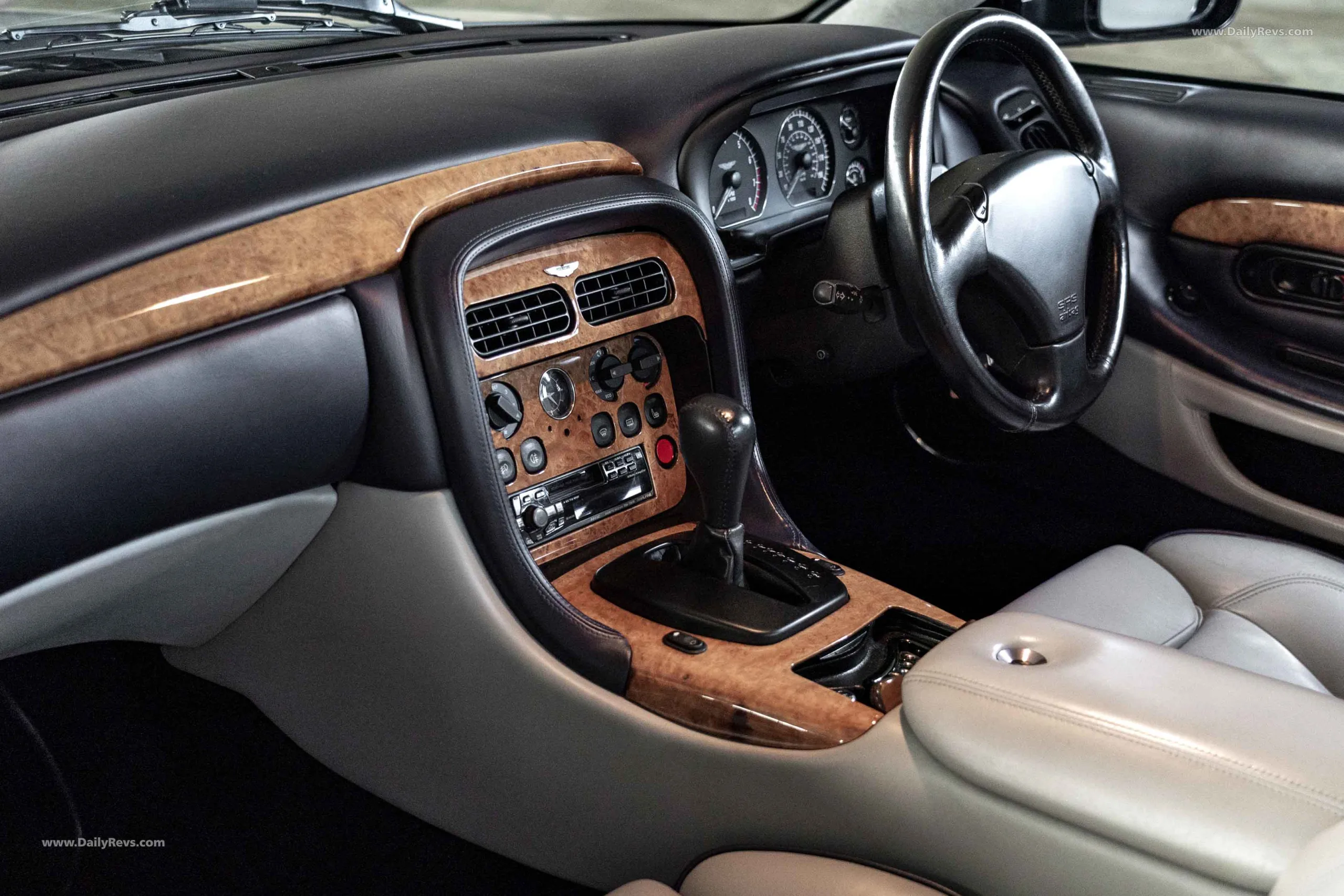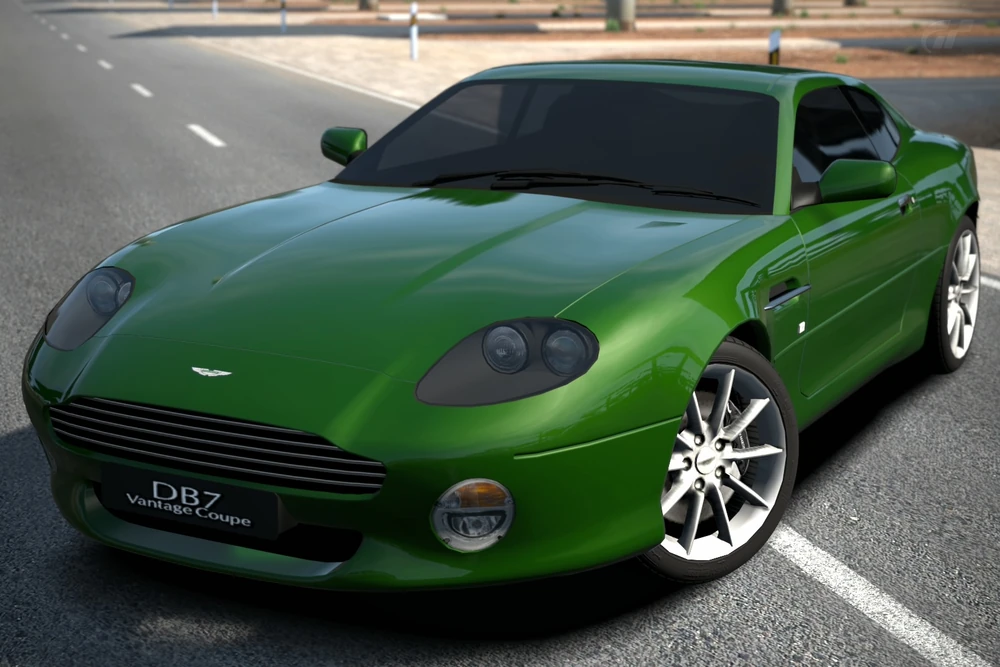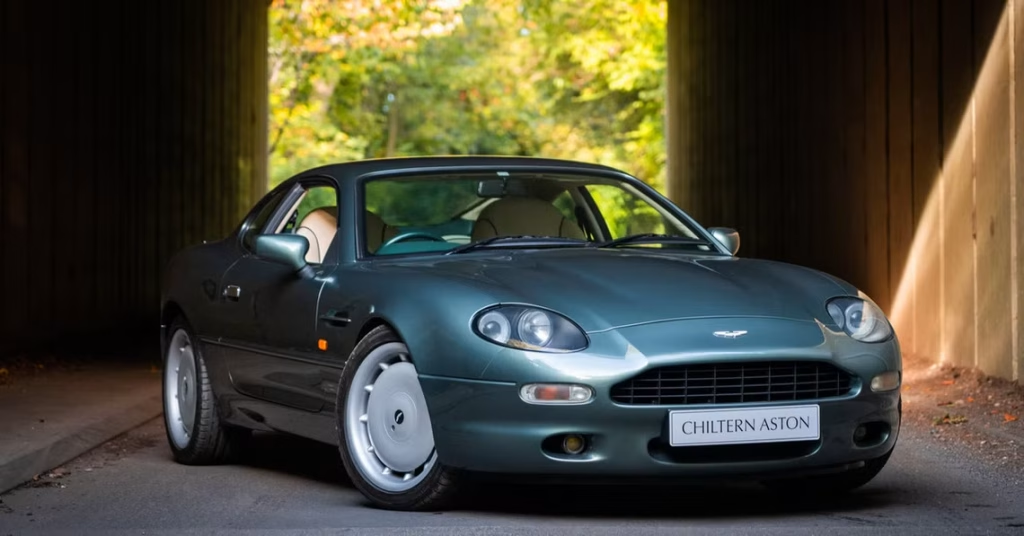Introduction
The Aston Martin DB7 stands as a pivotal model in the history of British luxury sports cars. Launched in 1994 and evolving steadily through the late 1990s, the DB7 brought Aston Martin back into the global spotlight. While enthusiasts often praise its elegant Ian Callum-designed exterior, or the introduction of the formidable V12 engine in later variants, there’s another factor that deserves careful attention: the car’s curb weight.
The 1999 Aston Martin DB7 weighs in at approximately 3,770 to 3,990 pounds (1,710–1,810 kg), depending on the variant. This figure isn’t just a statistic—it is a defining element of the DB7’s character. In this article, we delve into what this weight means, why it matters, and how it fits into the DB7’s broader story of performance, luxury, and heritage.
What Is Curb Weight?
Before we analyze the DB7’s weight in depth, it’s important to define what curb weight entails. In automotive terms, curb weight refers to the mass of a vehicle with all necessary fluids (engine oil, coolant, brake fluid), a full tank of fuel, and all standard equipment, but without any passengers or cargo.
Why is curb weight important? It impacts nearly every aspect of a vehicle’s performance, including:
- Acceleration and top speed
- Fuel economy
- Handling and braking
- Wear and tear on mechanical components
- Compliance with safety regulations
For a car like the DB7, engineered as a grand tourer rather than a track-focused machine, this balance between mass and capability is especially crucial.
Overview of the 1999 Aston Martin DB7
By 1999, the DB7 had matured into two primary models:
1. DB7 i6 (Inline-Six) Coupe and Volante
- Engine: 3.2L supercharged inline-six
- Power: 335 hp
- Transmission: 5-speed manual or 4-speed automatic
- Curb Weight: ~3,770 lbs (Coupe), ~3,880 lbs (Volante)
2. DB7 V12 Vantage
- Engine: 5.9L naturally aspirated V12
- Power: 420 hp
- Transmission: 5-speed automatic (manual introduced later)
- Curb Weight: ~3,990 lbs
The V12 Vantage, introduced late in 1999, marked a shift toward a more performance-oriented direction for the DB7 series, though it also brought additional weight due to the larger engine, upgraded cooling systems, reinforced chassis, and added luxury appointments.
Design and Engineering: What Contributed to the Weight

Chassis and Platform
The DB7 was built on a heavily modified version of the Jaguar XJS platform, itself derived from the XJ-S architecture of the 1970s. While this ensured structural rigidity, it also meant that the DB7 carried some design and engineering baggage—literally.
Body Materials
While some body panels, such as the hood and doors, were made from aluminum to help reduce mass, the core structure used steel. The combination aimed to strike a balance between cost, safety, and traditional manufacturing techniques.
Interior Appointments

Luxury weighed heavily—pun intended—in the DB7. Premium leather, real wood veneers, plush carpeting, and comprehensive soundproofing added hundreds of pounds compared to minimalist sports cars of the same era. Unlike the lightweight carbon-fiber interiors seen in track cars, the DB7 prioritized refinement.
Safety Systems
The DB7 came equipped with airbags, reinforced door beams, and impact-absorbing crumple zones, which were becoming standard by the late 1990s. These safety features, while critical, added to the curb weight.
Performance and Driving Dynamics
So, how did all this weight affect the DB7’s performance?
Acceleration
- DB7 i6 Coupe: 0–60 mph in ~5.7 seconds
- DB7 V12 Vantage: 0–60 mph in ~5.0 seconds
While not blisteringly fast by modern standards, these figures were impressive for a car of its mass in the late 1990s.
Handling
The DB7 featured a fully independent suspension system, tuned to prioritize high-speed comfort over razor-sharp agility. This was in line with its identity as a grand tourer—a car meant to devour highways in style, not dominate racetracks.
Braking
Heavier vehicles require more robust braking systems. Aston Martin addressed this with larger discs and upgraded calipers in the V12 models, which provided confident, if not aggressive, stopping power.
Fuel Economy
Due to its weight and engine size, fuel economy wasn’t a strong suit for the DB7. The i6 version averaged around 15–18 mpg, while the V12 Vantage dipped slightly lower.
How the DB7’s Weight Compared to Rivals
To better understand the DB7’s positioning, let’s compare its curb weight to contemporaries:
Model |
Curb Weight (lbs) |
Notes |
| Aston Martin DB7 V12 (1999) | ~3,990 | Luxurious GT with strong performance |
| Jaguar XKR (1999) | ~3,825 | Shared some design DNA with DB7 |
| Ferrari 550 Maranello (1999) | ~3,814 | Performance-focused V12 GT |
| BMW 850Ci (1999) | ~4,000 | V12 luxury coupe with similar intent |
| Porsche 911 Carrera (996) | ~3,075 | Lightweight and agile sports car |
The DB7’s curb weight positioned it firmly in the grand touring category. It wasn’t designed to outmaneuver a Porsche, but to offer effortless, high-speed cruising with luxury and presence.
The Philosophy Behind the Mass
Aston Martin made deliberate design choices that led to the DB7’s curb weight. Unlike Ferrari or Porsche, which often emphasized raw performance, Aston Martin pursued a balance of comfort, elegance, and power. The DB7 was more about making an entrance at the opera than setting lap records at Nürburgring.
It’s also important to note that Aston Martin was under Ford’s ownership during this era. Cost control and platform sharing with Jaguar were necessary to keep the brand alive. The result was a car that felt more stately and substantial, traits appreciated by its target demographic.
Legacy and Evolution

Despite being heavier than some of its rivals, the DB7 became Aston Martin’s best-selling model to date by the end of its production run in 2004. It laid the groundwork for future models like the DB9 and Vantage, which continued to refine the balance between performance and luxury.
In retrospect, the DB7’s curb weight reflects a moment in automotive history where craftsmanship, tradition, and transition met. It was a bridge between analog and digital, between old-world elegance and modern efficiency.
Conclusion
The 1999 Aston Martin DB7’s curb weight—ranging from 3,770 to nearly 4,000 pounds—was no oversight. It was a byproduct of conscious design decisions aimed at creating a refined, powerful, and luxurious grand tourer. While heavier than some contemporaries, its weight helped define its road manners, comfort, and commanding presence.
In an age increasingly obsessed with lightweight materials and ruthless performance figures, the DB7 reminds us that sometimes, weight can add gravitas, not just mass. It carried the heritage of Aston Martin into the new millennium, and it did so with poise and purpose.


